There are a number of reasons why firms should update their employee handbooks at least once a year. Many companies, particularly those in the construction sector, underestimate the utility of having a current, legally compliant handbook, and having an out-of-date handbook can be just as dangerous as having no handbook at all.
- Annual Handbook Review
Handbooks should be examined no less than once a year. Employment regulations, especially those at the state and local levels, are constantly changing, necessitating regular policy reviews to ensure that notice requirements are satisfied and laws are appropriately reflected. In Virginia, for example, disability and maternity accommodation information must be included in an employer’s handbook by law. Additionally, if you work for the government, you may be subject to additional requirements imposed by Executive Orders (for example, Pay Transparency notice requirements). State and local sick leave legislation, harassment policy requirements, marijuana legalization laws, and COVID-19-affected policies (e.g., remote or telework policies) are just a few current reasons to review your handbook this year.Ensure that policies accurately reflect real-life situations and are simple to comprehend. - Employee handbooks can be important tools for employers to illustrate why specific actions were taken regarding employee conduct and performance, but only if the policies are correct. If policies differ from job site to job site, for example, the policies in the handbook may need to be adjusted accordingly. Similarly, if handbook policies are to be utilized to demonstrate employee understanding of expectations and rules, the policies must be stated in an easy-to-understand manner. You don’t want any ambiguity about what’s anticipated. This data can help with unemployment and workers’ compensation claims, as well as the accommodation process. However, rules that are erroneous, do not reflect current practices and expectations, or are confusing may be detrimental to the organization.
- Demonstrate that the employee has received the handbook You can have the nicest handbook in the world, but it won’t help you if you can’t show that it was given to or made available to the employee. It’s crucial to have a signed and dated documented record of the employee receiving the handbook and agreeing to read it. Furthermore, several state and local regulations demand that specific policies be acknowledged. The handbook should also be addressed at onboarding, with a record of this. Because many construction employees work in the field, it’s even more important to ensure that they acknowledge physical receipt because they don’t always report to a brick-and-mortar corporate facility where copies might be kept, and they don’t always have digital access to online handbooks on company intranets.
- Employee Handbook training Ensure that your managers are familiar with and trained on handbook policies so that they can apply and interpret them consistently. If a supervisor cannot define the company’s expectations and requirements, a court may rule that the employee should not be held liable to those standards as well.
- The importance of legal review Finally, before you publish your guide, get it analyzed by legal counsel. Handbooks are not one-size-fits-all, so make sure each one complies with legal requirements before distributing it to your personnel. In the end, failing to update your handbook appropriately can expose a company to risk. Although updating a handbook may not be your preferred “to do” item, employers can profit greatly from doing so on an annual basis.






